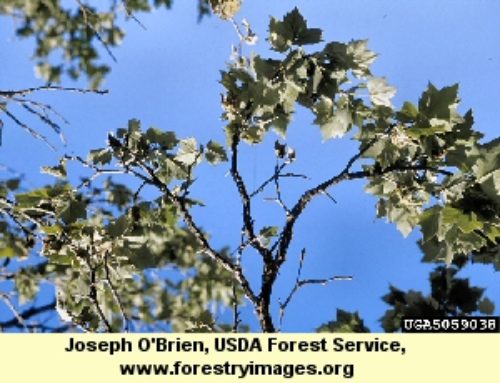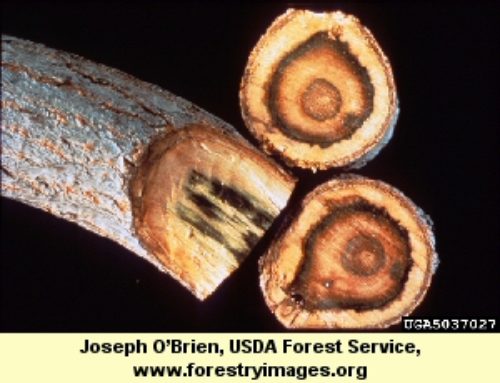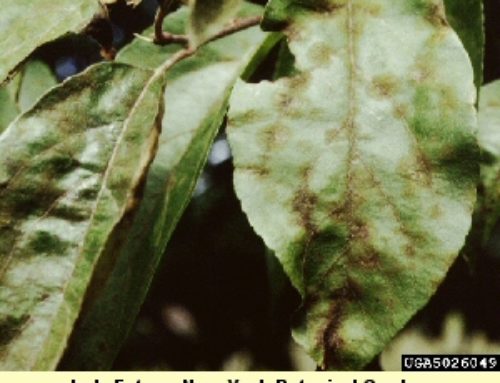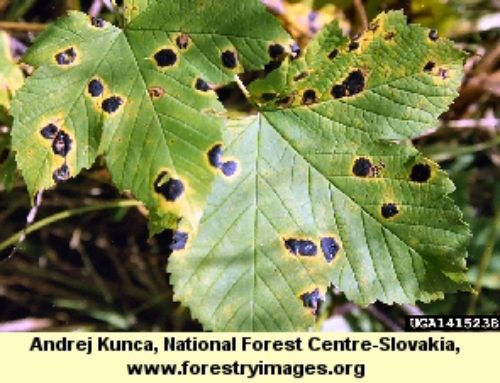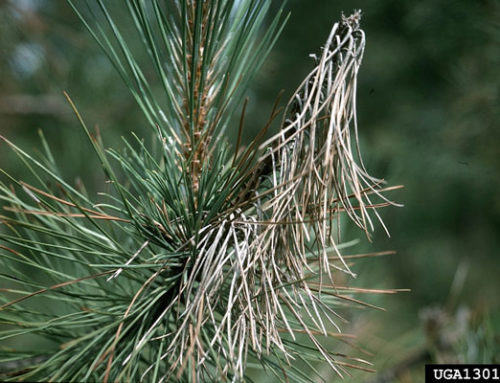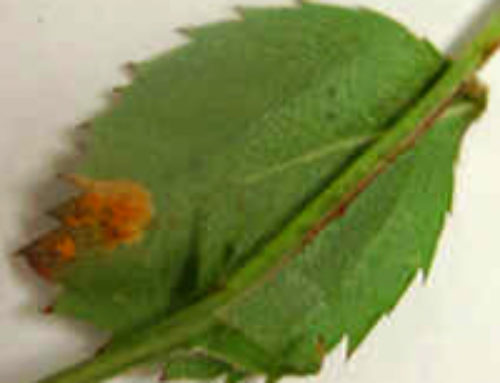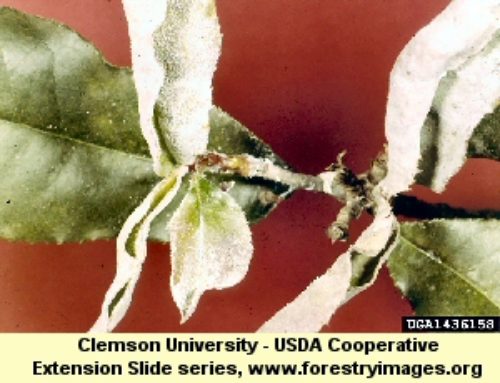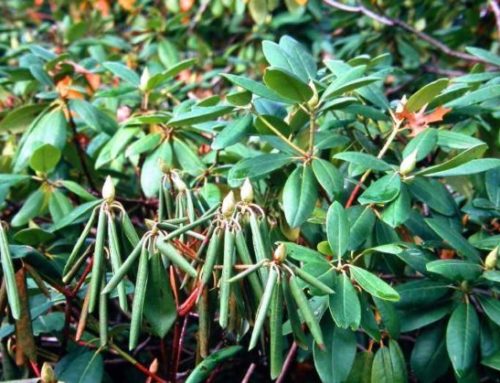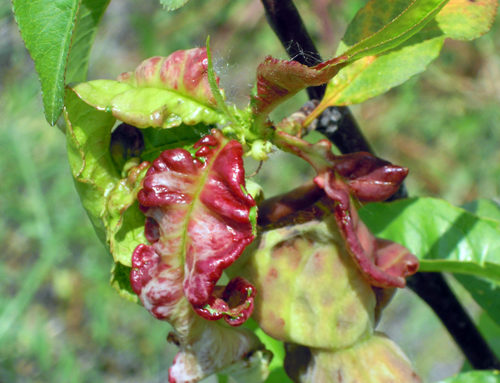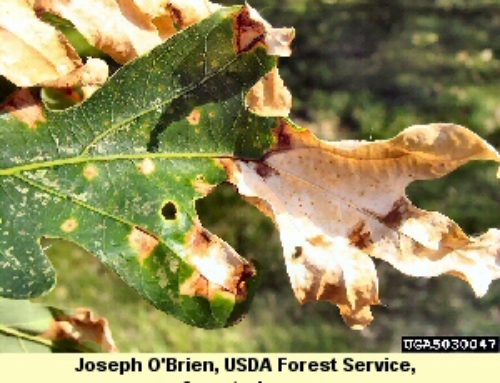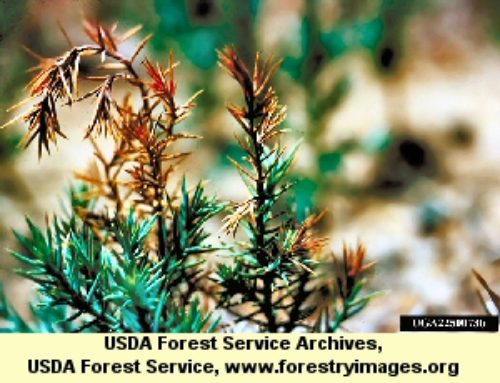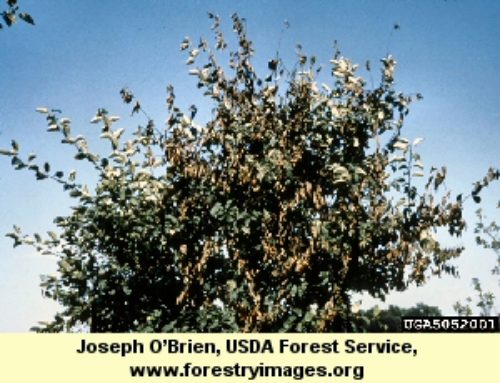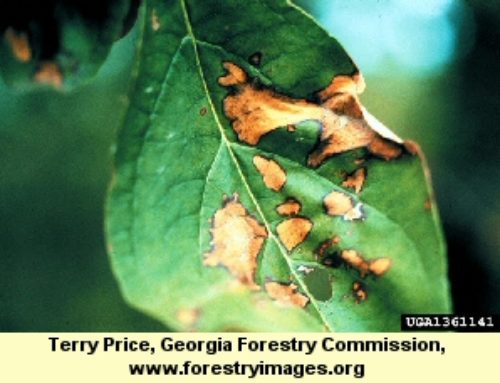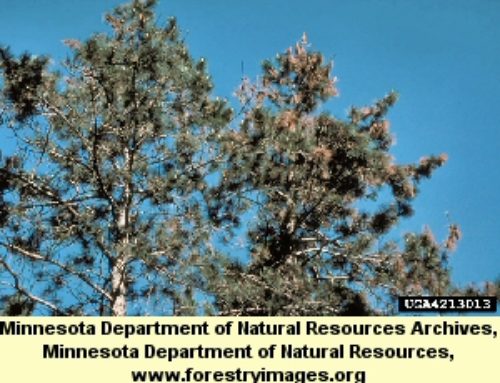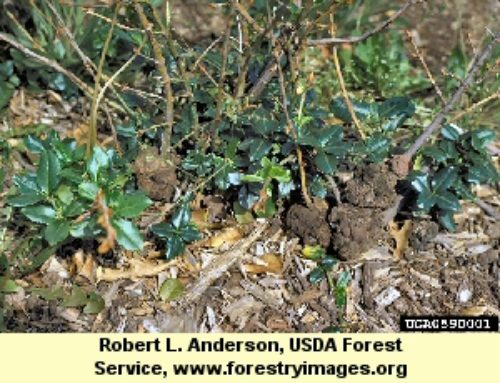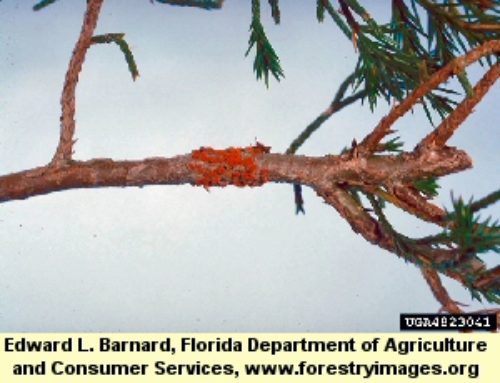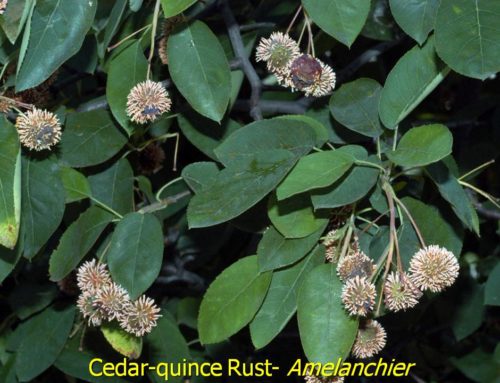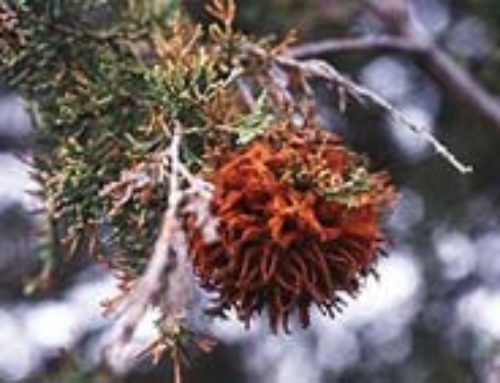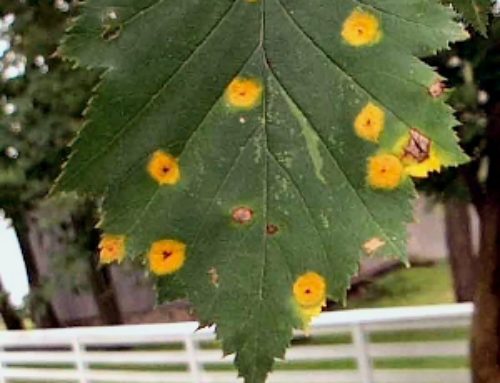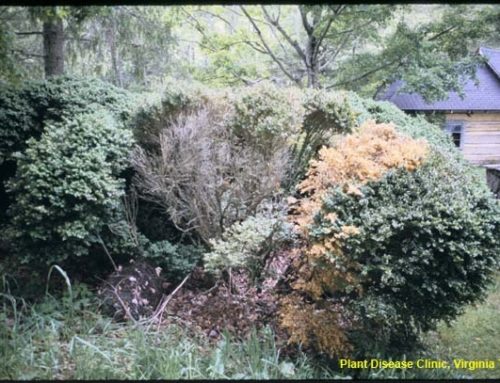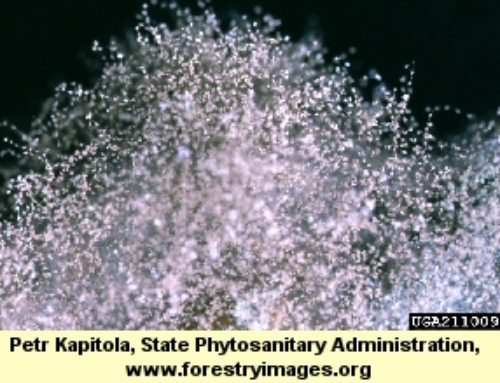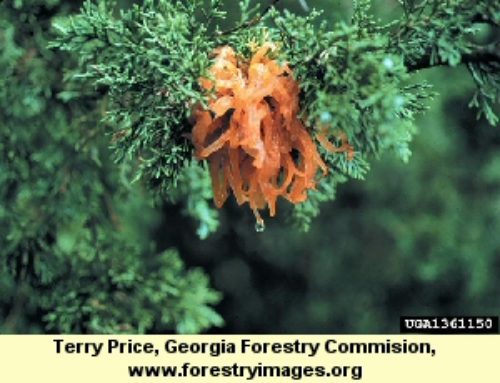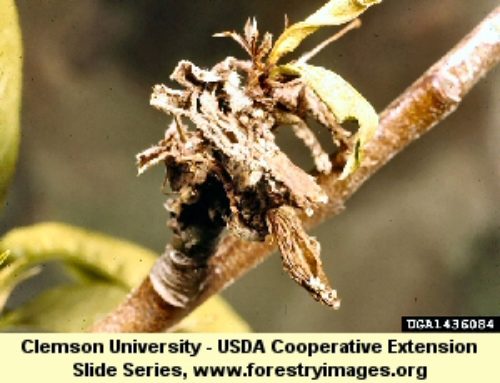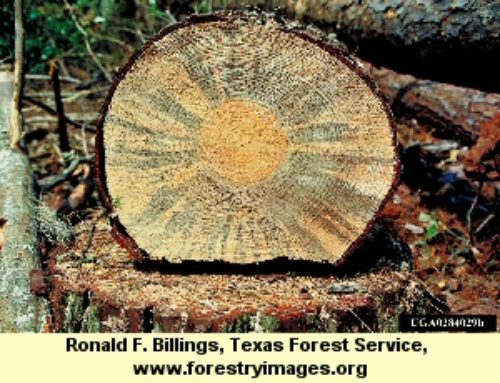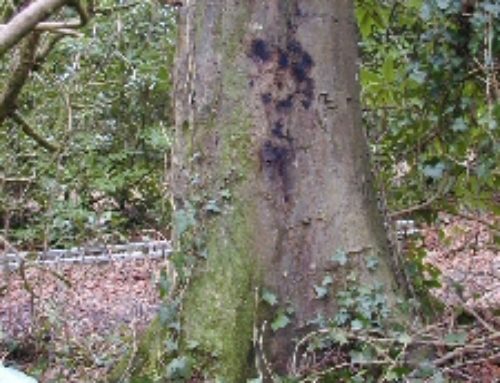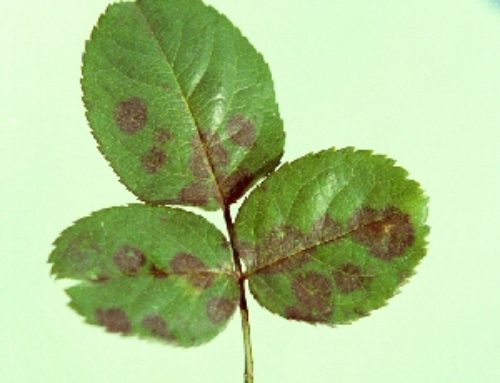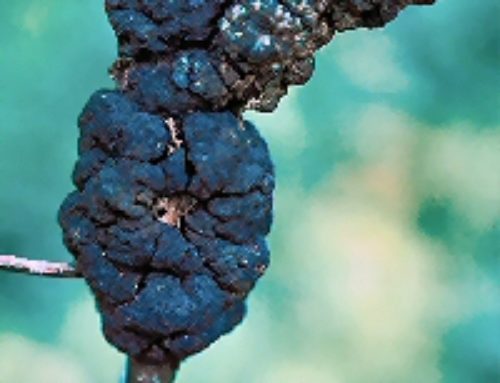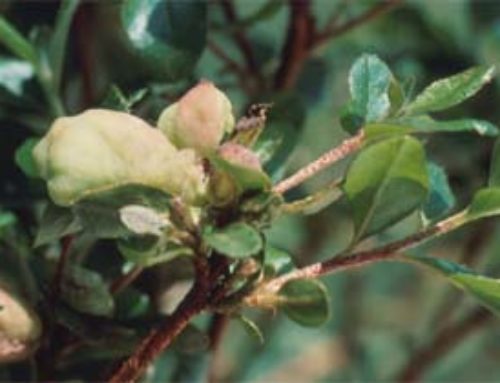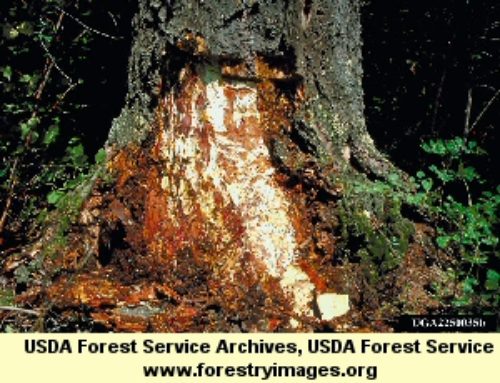Project Description
Needle infecting fungus with symptoms that are usually evident in late winter and early spring and appear on previous year’s or two-year-old needles. Affected needles appear yellow or mottled and gradually turn brown, often with a “dirty” appearance. When the undersides of the needles are examined with a hand lens, two bands of round, black fruiting bodies can be seen on either side of the midrib. With the naked eye, these bands look like “dirt.” Symptoms typically develop on 1st year needles prior to their 2nd year, or on 2nd year needles prior to their 3rd year. However, fruiting structures of the fungus can be present on needles that still appear green and “healthy.” As a consequence, infected needles can persist on the tree for two or three seasons before they are cast. Because green needles can be infected and serve as a source of inoculum, it is not uncommon for this disease to develop without much notice until a significant number of trees are infected. Repeated infections may weaken trees and severely infected trees usually only maintain current-season needles on their lower branches. In extreme circumstances, disease may result in the death of branches up to 3 feet or more above the ground and may kill trees. Roguing heavily infected trees is the first step. Spray treatments also recommended.


